In Ayurveda, the three doshas—Vaata, Pitta, and Kapha—are the fundamental energies that govern the body and mind. All the three doshas governs the body in natural state where as when they gets vitiated creates various health problems in the body. When Pitta becomes aggravated, it can lead to issues like acidity, inflammation, anger, skin rashes, and more. In this blog we will explore about the pitta dosha & its imbalance along with therapeutic treatments.
Ayurveda offers natural remedies and Panchakarma therapy treatments to bring Pitta back into balance, promoting harmony and well-being. This blog will explore how Ayurvedic principles and Panchakarma treatments help manage an imbalanced Pitta dosha.
Understanding Pitta Dosha and Its Imbalance:
Pitta dosha associated with fire dominance and assisted with water element in the body.
Pitta governs key bodily functions like digestion, body temperature, and intellect. Signs of a balanced Pitta include strong digestion, sharp focus, and healthy skin. However, an aggravated Pitta can manifest as:
- Excessive heat in the body
- Acid reflux or ulcers
- Skin issues like rashes or acne
- Irritability and anger
- Excessive sweating
Things those are responsible for pitta doshas imbalance:
Factors those are responsible for the pitta imbalance are categorised in to three categorised; which are dietary, surrounding factors, mental factors
Dietary factors: Foods those are spicy foods, heavily fried food items, fermented, stale food, sour food, food contains more vinegar or salts, etc.
Lifestyle factors: Staying awake late at night, sleeping in day time after having a meal, working in high temperature atmosphere or climates, irregular eating habits, irregular routine, smooking & drinking etc.
Psychological factors: over stress, over thinking, excessive anger etc.
These factors create Pitta Imbalance in body Pitta imbalance.
Ayurvedic treatments aim to cool and calm the fiery Pitta, bringing relief and balance.
Ayurvedic Remedies to Balance Pitta
1. Pitta-Pacifying Diet (Aahara)
Diet plays a crucial role in balancing Pitta dosha. Ayurveda recommends foods that are cooling, hydrating, and less spicy.
- Eat cooling foods like cucumbers, melons, and coconut, aamala, bitter gourd, bottle gourd, snake gourd, pumpkin etc.
- Incorporate sweet and bitter tastes from foods like ghee, coconut, and turmeric.
- Drink cooling beverages like Kokam sharbat, plain milk, coconut water, fennel-infused water can helps to reduce pitta’s burning sensation and temperature in the body.
- Avoid hot, spicy, oily, and fried foods that aggravate Pitta.
Sticking to a regular meal schedule and eating mindfully helps maintain digestive balance.
2. Herbs for Cooling and Detoxification
Ayurveda uses herbs to calm Pitta and detoxify the body:
- Amla (Indian Gooseberry): Rich in vitamin C, it cools the body and promotes digestion.
- Neem: A natural blood purifier, it reduces heat and inflammation.
- Guduchi: Balances Pitta and boosts immunity.
- Coriander and Fennel Seeds: Aid digestion and reduce acidity.
These herbs can be consumed as teas, powders, or supplements, depending on your preference. For best ayurvedic & panchakarma treatment of pitta dosha treatment consult Dr. Bathe at Ayurvidhi Clinic.
3. Lifestyle Practices (Dinacharya)
A structured daily routine helps stabilize Pitta dosha. Key practices include:
- Waking early (before 6 a.m.) and starting the day with a calming meditation.
- Practicing Pranayama (breathwork) like Sheetali and Sheetkari to cool the body.
- Incorporating gentle yoga poses like Child’s Pose (Balasana) and Seated Forward Bend (Paschimottanasana).
Avoid excessive heat exposure and overworking, as these can aggravate Pitta.
4.Best products for Pitta Dosha treatment:
There many herbal & ayurvedic products that can be used to pacify acidity or pitta doshas as an alternative for any kind of antacids for non-medicinal treatment.
Morawala: Processed aamla is a best medicine for acidity or pitta doshas. Half spoon of morawala is the best for stomach burn and uneasiness due to disturbed pitta.
Gulkanda: Freshly plucked rose petals when combine with powder sugar then it is an excellent
Durva Kalpa: Durva kalpa is a granulated form of Durva for easy palatable form. It is best for balancing and reducing burning sensation in the body.
Ananta Kalpa: Ananta kalpa is a granulated form of Ananta an ayurvedic herb for easy palatable form. It is best for balancing and reducing burning sensation in the body.
All the above mentioned products are available Dr. Bathe’s Ayurvidhi Clinic – Ayurvedic & Panchakarma Clinic visit us at www.ayurvidhiclinic.com or @ayurvidhi_clinic
Panchakarma Therapies for Pitta Dosha
Panchakarma, Ayurveda’s detoxification therapy, effectively eliminates excess heat and toxins, helping to balance Pitta.
1. Vamana (Therapeutic Emesis)
Vamana is cleansing therapy specially designed for the elimination of Pitta from the upper part of the body. The undigested food that been accumulated in stomach is one of the major cause for pitta imbalance. This therapy helps to relief in acidity, bloating, skin issues etc.
2. Virechana (Therapeutic Purgation)
Virechana is a cleansing therapy designed to eliminate excess Pitta from the gastrointestinal tract. The undigested food that been accumulated in the lower part of stomach is another of the major cause for pitta imbalance. It provides relief from issues like acidity, flatulence, inflammation, and skin problems.
3. Raktamokshana:
Raktamokshana is a bloodletting procedure to out the impure blood from the body. Blood is closely associated with Pitta doshas so it is an important treatment for it. It helps in cholesterol management, liver health, anger issues, migraine etc.
4. Abhyanga (Oil Massage):
A calming massage with cooling oils like Coconut oil pacifies Pitta, nourishes the skin, and relaxes the mind.
5.Shirodhara:
This therapy involves a gentle stream of medicated oil poured onto the forehead, calming the mind and relieving stress, which are common Pitta triggers.
6. Basti Karma:
Sometimes basti panchakarma is also used while treating Pitta doshas when it is been associated with the Vaata Dosha. Few basti treatments are also prescribed for pitta doshas in ayurvedic text.
Benefits of Ayurvedic and Panchakarma Treatments for Pitta
- Holistic Healing: These treatments address the root cause of Pitta imbalance, ensuring long-term relief.
- Natural Detoxification: Panchakarma cleanses the body of toxins without harmful chemicals.
- Improved Digestion: Vamana, Virechana and herbal ayurvedic medicine support healthy digestion and reduce acidity.
- Calmer Mind: Therapies like Shirodhara help reduce stress and promote emotional balance. Shirodhara is the best panchakarma treatment for insomnia due to pitta induced stress and tension & hypertension.
- Healthy Skin: Detoxification and cooling remedies improve skin health by reducing inflammation and redness.
Practical Tips to Maintain Pitta Balance
- Stay Hydrated: Drink adequate amount of water and herbal teas to keep the body cool.
- Avoid Overexertion: Practice moderate exercise and avoid activities in extreme heat.
- Follow a Cooling Skincare Routine: Use natural products with ingredients like Rose powder or sandalwood. Adopt our customised “Udvartana Powder” & other skin care products for best results and for better skin health. You can now check out our “VidhiVeda Herbal Care Solution’s” products.
- Spend Time in Nature: Seek shade or enjoy cool environments to ground fiery Pitta energy.
- Practice Mindfulness: Regular meditation can help manage Pitta-induced irritability or anger. Do pranayama like Anuloom Vlioom, Dhirgha swasan, Bhramari, Sitali & Sitakari etc for balancing pitta dosha.
- Avoid excessive intake of tea or coffee and other carbonated beverages.
- Add multi-colour fruits to your diet. Fruits like Pomegranate, Aamla, sweet lime, banana etc. are good for balancing pitta doshas.
Conclusion
Ayurvedic and Panchakarma treatments for Pitta dosha provide a natural and holistic way to restore balance and improve overall well-being. By following a Pitta-pacifying diet, incorporating calming herbs, and engaging in detoxifying therapies, you can achieve harmony in your body and mind.
If you are looking for best ayurvedic doctor for pitta dosha imbalance consult Dr. Bathe at Ayurvidhi Clinic- Ayurvedic & Panchakarma Clinic.


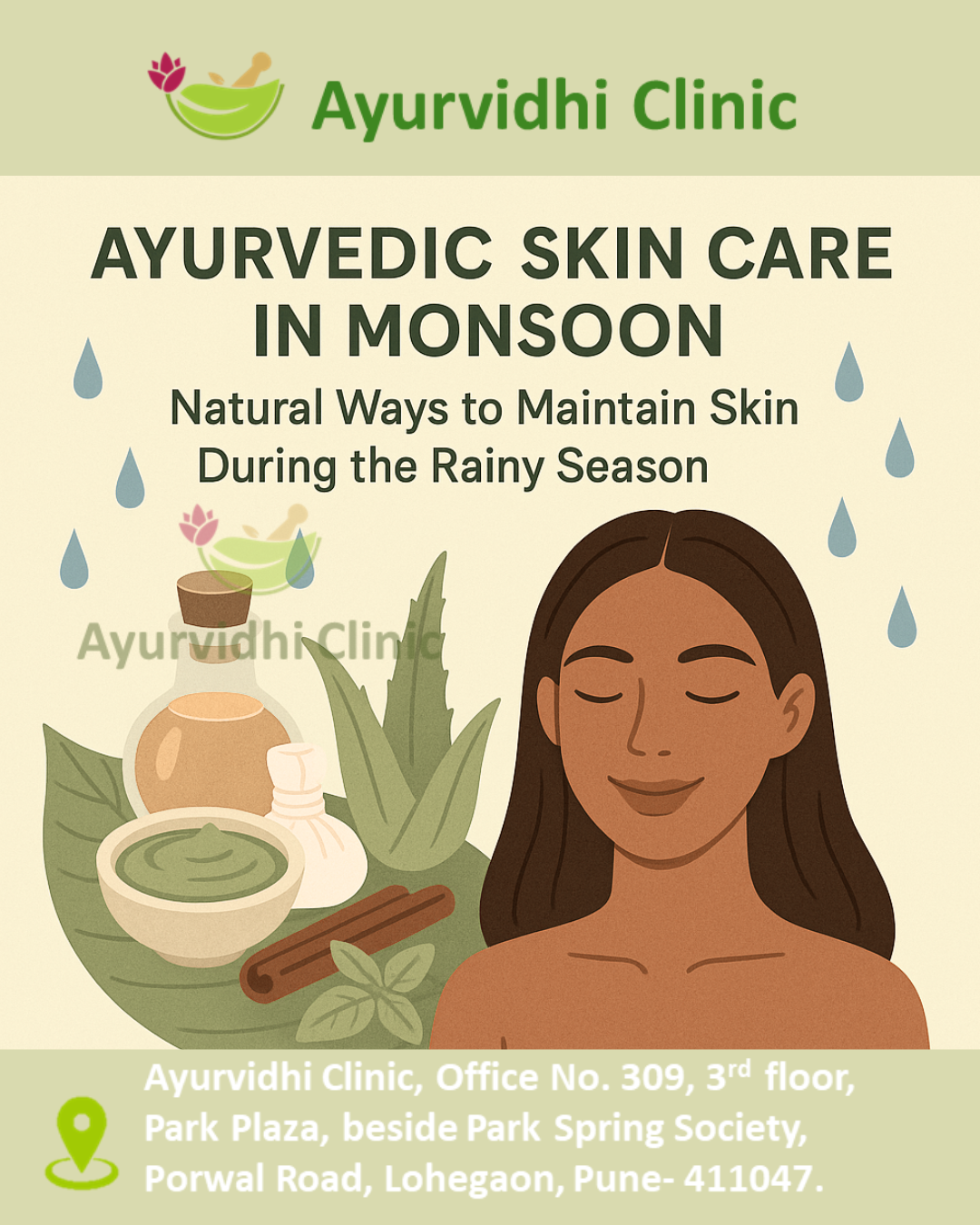
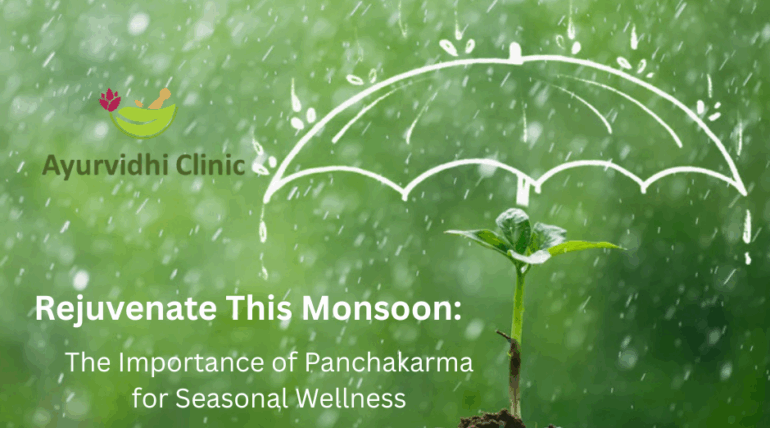
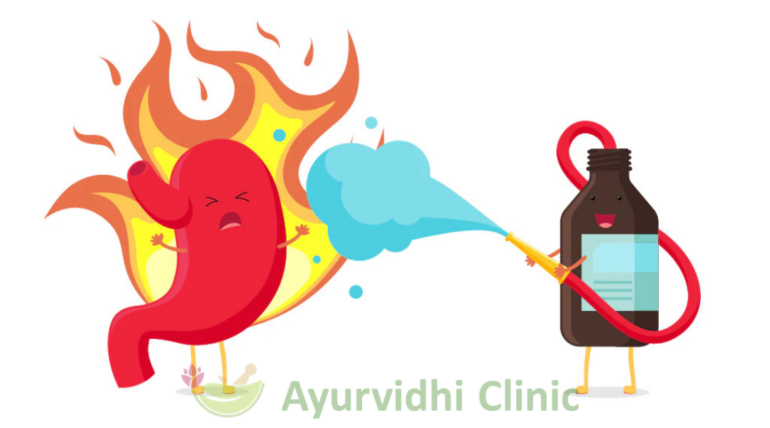





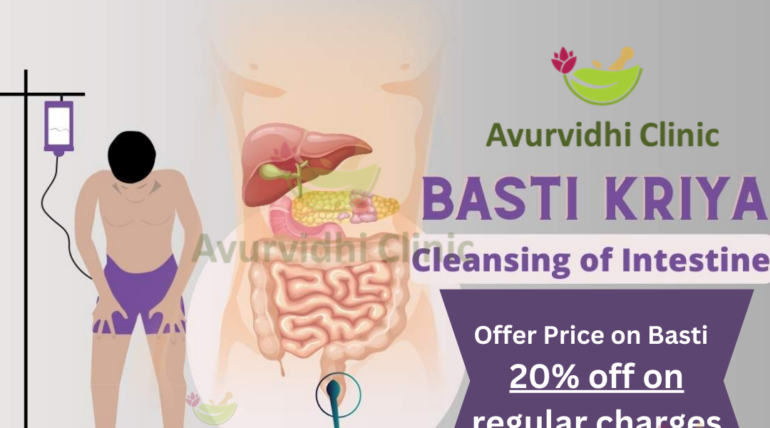
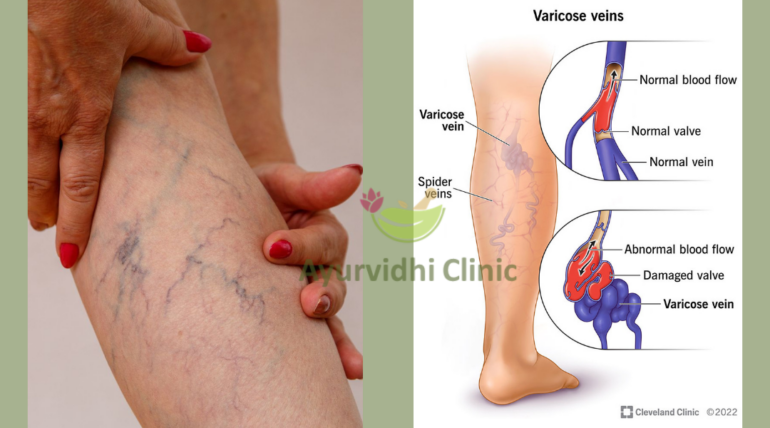


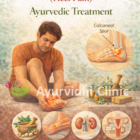
Recent Comments